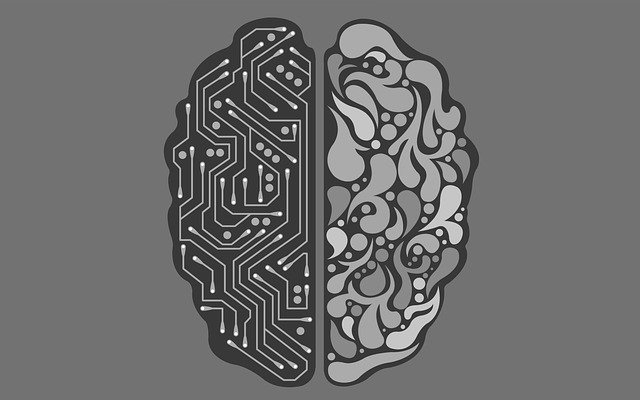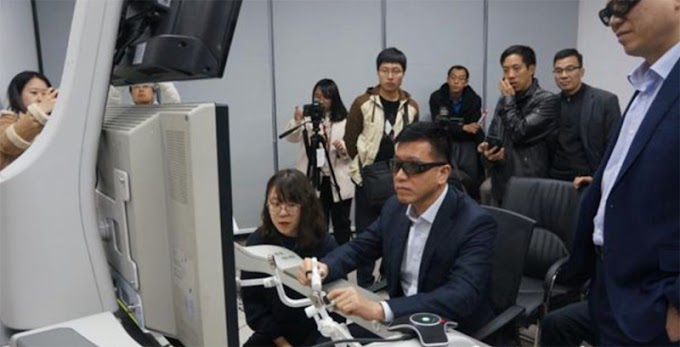Undoubtedly
display units are one of the most important pieces of hardware in our life.
From TV to computers, from smartphones to kitchen appliances we see it
everywhere. That’s why it doesn’t require any formal introduction. There are a
handful of properties of ‘color’ that govern the performance of a display unit.
Nowadays those properties are well optimized by the software application. But
sometimes it becomes necessary to manually set those settings. This article
doesn’t tell about any technology rather concentrates on how color in the
display is managed, what are the concepts behind that? Lastly, for formality,
let’s have a look at the definition of a display, they are an output device
that is used to visually represent any information with the help of images and
pictures. Please note that videos are nothing but some pictures in motion.
Basics properties used in a color display:
Let
us visit some core aspect of color theory and photography in which a couple of
concepts are there which not only are required for display designers, also
equally important for photographer, animator, painter, electronics hobbyist,
& pretty much every smartphone, computer user. To better control the
display color there are some essential concepts which we use pretty much every
day but we don’t know what that means? Let’s check them one by one.
A) Color mixing:
Colour
mixing the core component of generating different colors (yellow, magenta,
cyan) from 3 basic colors, I.e. Red, Green, & Blue. This scheme is called
‘additive color mixing’ which is the basis of the RGB color scheme for the
computing devices. In the RGB scheme, when green and blue lights mix, the
result is a cyan.
There
exists another color scheme which is called ‘CMYK’ color scheme which is based
on ‘subtractive color mixing’. In this scheme, basic colors are Cyan,
Magenta, yellow, & Black. In the CYMK scheme, the color green is created
by mixing cyan and yellow (i.e., by removing red and blue respectively).
 |
| Subtractive color scheme, blue is made by subtracting cyan from magenta |
B) Brightness:
It is a measure of how much amount of light energy is produced by the source (an image
here). As the absolute amount of brightness cannot be considered, a relative
measurement is chosen for brightness.
C) Contrast:
It is the
difference between the maximum and minimum pixel intensity in an image. For
example, if we consider a black rectangular area then the intensity of the
color is the same everywhere inside the black area, thus its contrast is 0.
D) Contrast ratio:
The
contrast ratio is a property of a display system, defined as the ratio of the luminance of the brightest color (white) to that of the darkest color (black)
that the system is capable of producing. A high contrast ratio is a desired
aspect of any display.
F) Gamma:
A unitless numerical value, or the degree of contrast in a video picture. Picture monitors have a nonlinear relationship between the input voltage and brightness, which often doesn’t match with the picture provided by the camera. That’s why often a gamma correction is needed. There is complex mathematics is involved in calculating gamma, which is out of the scope of this article. It is sufficient to know that gamma larger than 1 make the shadows darker, while gamma smaller than 1 make dark regions lighter.
G) Hue:
It
represents the pure colours (be basic colours i.e., RGB or derived colours from
basic colour). If Every single colour is represented in terms of its
wavelength. Hue ranges from 0° to 359° when measured in degrees. Hues can refer
to the set of "pure" colors within a color space.
H) Saturation:
saturation
influences the grade of purity or vividness of a colour. It scales from 100% to
0%, where the former represents a colour hue and 0% represents the fullest
version of that ‘hue’. It is often represented by the brightness of the hue. In
a colour cone, it is represented by a triangle along with a hue, whose base is
the hue itself, and the vertex is the black color.
 |
| The color wheel, the center represents the dullest shade of hue |
I) Pixel:
Pixels
are the fundamental unit for showing images in any kind of display. Each pixel
is consisting of a combination of red, green, & blue (RGB) light sources.
In optics, all other colours of lights (yellow, magenta, pink etc.) can be
created by mixing RGB with right proportion. In a photograph, a camera, or a display
the capture area is two dimensional, i.e., it has a width and length. In that
case,
the total number of pixels = no. of pixels along
length x no. of pixels along the width
J) Pixel density:
It is the
measurement of how better a display is I terms of resolution. It is defined by
the number of pixels per square inch. For TVs, cell phone, the computer screen
displays a Pixel density of 300 dpi is enough, as to human eyes the pixel
density of more than 300 dpi is indistinguishable for a distant vision.
K) Memory consumed by a picture:
It is
entirely depending upon the colour shades available in the scheme. For example,
a grayscale image has 256 different colours. Which means, every pixel can
choose a number between 0 to 255. Each number is denoting a particular shade of
colour. Now, surprisingly 2^8 = 256, which means by a combination of 8-bit number
in binary we can represent a shade. That clearly signifies the bits per pixel
(bpp) is 8 here. In general, the formula would be 2 bpp = total No. of colours
in the scheme. If a display can produce 16.7 million different shades of
colours, then its bpp is 24.
 |
| Memory calculation of a 1024x720 resolution screen |
Let’s
consider an image of resolution 1024 x 720 (HD quality), 1024 means no of
pixels along width & 720 means no. of pixels along the length. Its total no
of pixels would be 1024x720 = 737280 & bits per pixel is 24 so, total no of
bits required to accommodate the data of that picture would be 17694720 bits or
2211840 bytes, or 2160 Kilobyte or 2.109375 megabytes (when no compression
technology is used). It is fun to calculate the memory requirement.
Conclusion:
We
have gone through several properties of colors in a display namely, color
mixing, brightness, contrast, contrast ratio, hue, saturation, etc. These are
essential concepts to come from a fundamental idea of the ‘color wheel’ in color
theory. Also, we have seen what is a pixel, pixel density, resolution, etc.
Most interestingly, we have seen how to calculate the memory consumed by a
picture. By using all these ideas one can very accurately tune any display to
its optimum performance.





0 Comments
All non-spamy comments will be visible